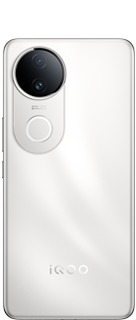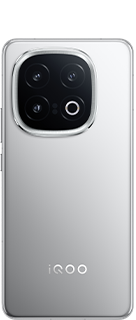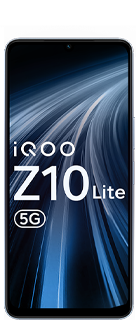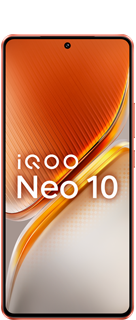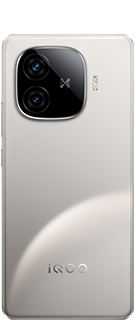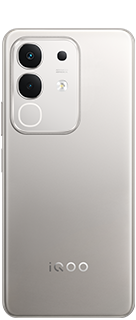ICICI Bank Start Charging PhonePe, Google Pay as UPI Hits 700M Daily Transaction
ICICI Bank Starts Charging PhonePe, Google Pay as UPI Hits 700 Million Daily Transactions
India's Unified Payments Interface (UPI) reached a major milestone on August 2, 2025, crossing 700 million daily transactions for the first time, signaling the platform's immense growth and its pivotal place in India's digital economy. However, this achievement coincides with a significant industry development: ICICI Bank has begun levying fees on payment aggregators like PhonePe and Google Pay for UPI merchant transactions, igniting a debate on UPI's formerly “free” status and future sustainability.
UPI's Growth Trajectory
- July 2025: UPI processed a record 19.47 billion transactions totaling nearly ₹25.1 lakh crore.
- Growth: This marks a 35% year-on-year increase in volume and a 22% rise in value.
- Recent Surge: Daily UPI volumes climbed from 628 million in June to over 700 million in early August.
- Goal: The Indian government aims for 1 billion UPI transactions per day by 2026, which now looks increasingly achievable.
ICICI Bank's New UPI Fee Structure
- Effective August 1, 2025: ICICI Bank has rolled out fees for payment aggregators processing UPI transactions for merchants.
- Aggregators with ICICI Escrow Accounts: Charged 2 basis points per transaction (capped at ₹6).
- Aggregators without ICICI Escrow Accounts: Charged 4 basis points per transaction (capped at ₹10).
- Who's Affected: Payment aggregators like PhonePe, Google Pay, and similar platforms.
- Merchant Exemption: Merchants who receive direct settlements into their ICICI Bank accounts are exempt from these charges.
The Changing Fee Landscape
- Previous Practice: Only select private banks (Yes Bank, Axis Bank) had similar fee policies.
- Broader Trend: ICICI's move signals pressure on banks to recover soaring infrastructure costs as government subsidies and merchant discount rates (MDR) have fallen away.
- Implications: Aggregators may choose to absorb these fees, affecting their margins, or
- Pass the cost to merchants, potentially raising acceptance costs for small businesses.
Industry and Economic Implications
- Traditionally Free: UPI had been free for both consumers and merchants, with banks and fintech firms absorbing backend costs.
- Rising Costs: Fees paid to NPCI (for UPI's infrastructure) and growing transaction volumes are making zero-MDR models unsustainable.
- Merchant Volume: Merchant payments now make up over 60% of UPI's total transaction volume.
- Fintech Margins at Risk: The new model could force changes in aggregator business strategies, and possibly lead to a wider industry revival of MDR in the future.
Outlook for UPI and Digital Payments
Despite fee changes, UPI continues its robust growth at about 5–7% monthly and nearly 40% year-on-year, solidifying its status as the world’s largest real-time retail payment system. However, with debates heating up over sustainable business models and calls (including from the RBI) to restore MDR, ICICI's new move could mark a pivotal shift in how India's digital payments ecosystem funds its growth and infrastructure.
In summary:
As UPI shatters records for daily transactions, ICICI Bank's decision to charge aggregators like PhonePe and Google Pay for merchant UPI transactions is resetting expectations about the cost of digital payments in India. The move reignites important industry debates on sustainability, business models, and the true cost of building the world's largest digital payments ecosystem.
Please sign in
Login and share

